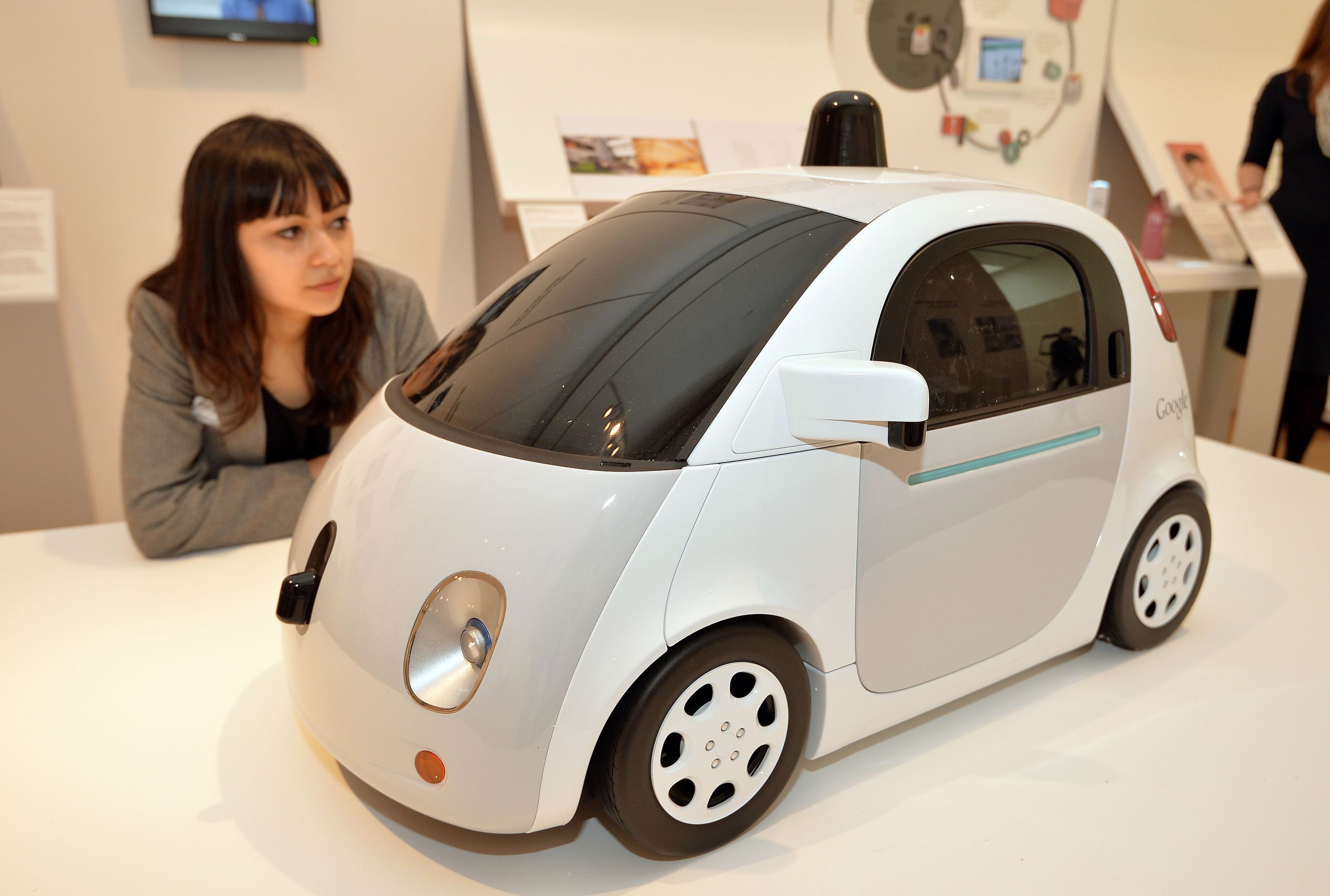
Deputy mayor for transport Isabel Dedring said officials met with the technology giant recently to encourage it to extend its pilot scheme to the capital.
It would be the first time Google’s autonomous cars have been tested extensively outside of the US.
Ms Dedring said: “It’s going to have to work in big cities so why don’t we start trialling it now?
“Google have said they are focused on the States, but they’re starting to think about going elsewhere so we’re in active discussions.
“We met them a few weeks ago to see whether they would do trials here.”
Google’s fleet of prototype driverless cars rely on sensors and software to complete journeys.
Their shape is more rounded than normal cars to allow its lasers, radars and cameras to detect objects in all directions. They are powered by electric batteries and have an interior that is “designed for riding, not for driving”.
The project has been ongoing since 2009 and more than 1.4 million miles of autonomous driving have been clocked up.
Trials have been limited to Mountain View, California – where Google is based – and Austin, Texas, but it was recently announced that testing will be carried out in Kirkland, Washington, to allow more examination of how the vehicles perform in wet weather.
One of the biggest challenges for developers is to improve how driverless cars interact with other road users.
A report published by the California Department of Motor Vehicles detailed a collision which occurred after a Google test driver took control of a car “out of an abundance of caution” when a pedestrian began walking across the road.
After the brakes were initiated, another vehicle crashed into the back of the car. The Google driver was taken to hospital with minor back pain.
Ms Dedring said officials from the mayor’s office have spoken with Google “at least half a dozen times” over the past three years about bringing the scheme to London.
She admitted she is “personally a bit sceptical about the technology” and noted that “if you’ve got a traffic jam full of driverless cars, that is not better than a traffic jam full of drivers”.
But she said the rise of autonomous vehicles could enable cost reductions for two proposed east to west road tunnels in the city – one of which has an estimated budget of £15 billion.
She explained: “One of the interesting benefits of driverless vehicles is we can construct a much smaller tunnel because you don’t have to have the same safety requirements.
“They’re much safer as the computer controls the distance at which driverless cars drive, and their speed. The likelihood of accidents goes down very substantially and therefore the size of the tunnel becomes substantially smaller.”
Earlier this week the Government announced it will invest £20 million in eight driverless car projects in the UK
Transport Secretary Patrick McLoughlin said the technology would “profoundly change the way we travel within years” by reducing accidents, helping traffic flow and making it easier to travel by car.

Enjoy the convenience of having The Sunday Post delivered as a digital ePaper straight to your smartphone, tablet or computer.
Subscribe for only £5.49 a month and enjoy all the benefits of the printed paper as a digital replica.
Subscribe